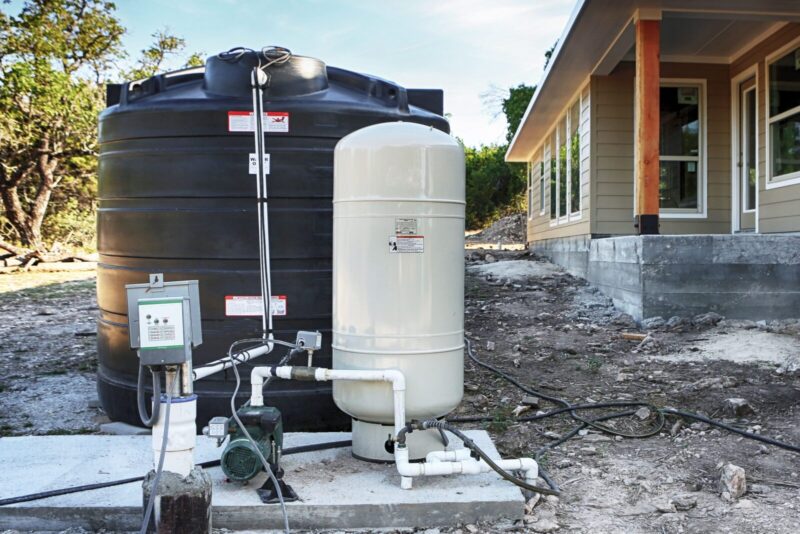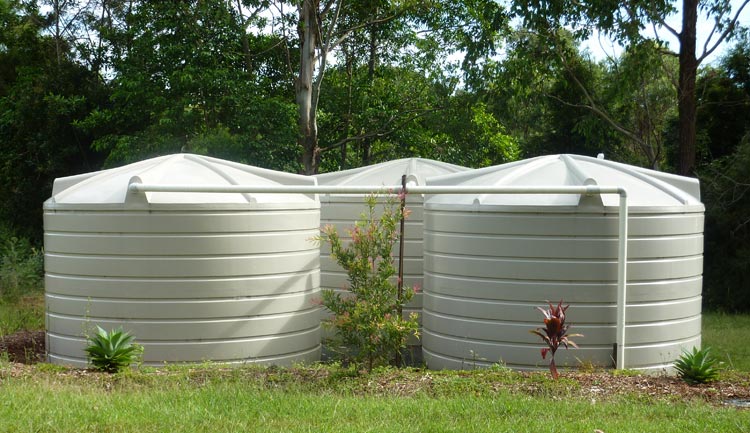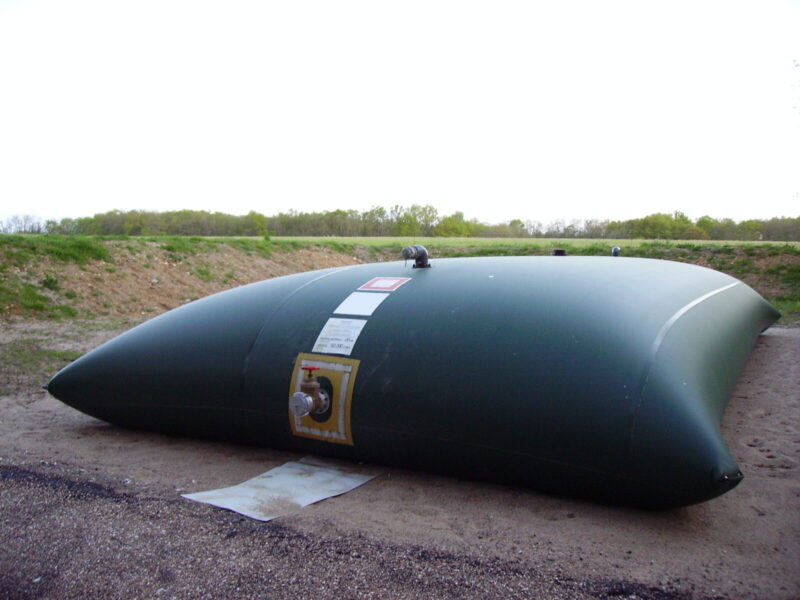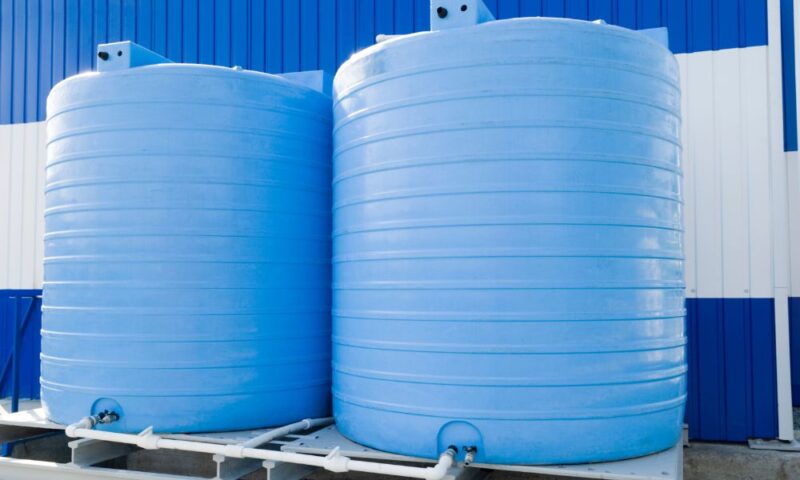Discover how innovative solutions in home water storage can help you save money and the environment, right from your own backyard. From efficient rainwater harvesting systems to eco-friendly designs, understanding these emerging trends can inspire strategic improvements for residential water use.
Learn about various types of water tanks, their benefits, essential maintenance tips and future water storage trends that are shaping sustainable homes. In this post, there are shared insights into some of the most exciting solutions and best practices that offer practical ways to optimise home water usage.
The Need for Storage

Securing reliable water sources is vital for modern living. However, municipal water supply comes with hefty costs and vulnerabilities. Storing water at home provides backup during interruptions, reduces dependence on public utilities, and captures rainfall that might otherwise go wasted.
Apart from emergency preparedness, home water storage also has several everyday benefits. For garden enthusiasts, having an extra source of untreated water can be a boon for plants. It can also be used for other non-potable needs such as flushing toilets, washing cars or laundry thereby saving precious potable supplies.
As concerns about droughts and climate change increase globally, adopting sustainable practices like home water storage are becoming not only beneficial but a necessary step towards resilience and sustainability.
The Water Tank Factory
Services such as The Water Tank Factory offer a wide variety of storage options catering to every need and size. They often employ innovative designs and manufacturing techniques to ensure top quality tanks that are durable, attractive, and functional.
For example, some factories produce customizable tanks that fit any space configuration. This is ideal for urban homeowners who have unique special considerations or want their tank to blend with existing architecture.
Many factories also prioritise ecological responsibility by using recyclable materials and producing tanks that promote efficient water use. This makes an investment in a water tank not only good for you but also for the planet.
Types of Water Tanks

Choosing the right system depends on factors like space, climate, and budget. Polyethylene tanks are affordable, durable and work in many temperatures. Stainless steel resists corrosion for virtually unlimited lifespans.
Fibreglass models are lightweight but strong, while bladder tanks feature space-saving flexible bags. Modular rainwater collection offers versatile, customizable setups. Carefully considering materials and quality leads to optimal capture and storage.
Underground Water Tanks
If saving space is a major concern, consider underground water tanks. Hidden from view, these tanks utilise unused areas beneath your property. They’re perfect for small gardens or homes with limited exterior space.
Despite being below ground level, these tanks are designed to run smoothly. Their designs often include convenient access points for maintenance and easy pumps for effective water distribution.
They also provide added benefits of lower evaporation rates and maintaining cooler water temperatures compared to above-ground counterparts.
Stainless Steel Tanks
Stainless steel has long-served demanding commercial applications, but improved aesthetics and falling production costs have enhanced adoption for residential use. Its intrinsic hardness and corrosion immunity deliver exceptional lifetime functionality with minimal maintenance – only routine cleaning is required.
Though generally more costly than polyethylene, stainless steel tanks like this range often prove more cost-effective long term when factoring multi-decade lifespans.
Their sleek metallic finish also integrates elegantly into modern architecture compared to utilitarian plastic. Brushed steel or matte treatments avoid smudges and fingerprints from everyday contact. When eventual retirement arrives, recycling reclaims a large percentage of material energy with minimal residual waste. Combined with very infrequent part replacement, this makes stainless steel a paragon of low-impact sustainability.
Fibreglass Water Tanks
Fibreglass water tanks offer a unique balancing of robustness and lightweight manoeuvrability. Layered glass fibre bound in epoxy resin creates rigid walls resilient to impacts and deformation. Fibreglass construction also demonstrates natural resistance to corrosion, rust and contaminant absorption – stored water stays pure for human consumption or gardening without leeching compounds or acidification from the vessel wall.
While exceptionally durable, it’s still important to periodically inspect for any leaks or wall damage to avoid moisture issues. Undetected slow leaks could lead to water penetration and extensive internal damage. Proactive maintenance sustains functionality and avoids costly repairs.
Price is certainly higher than basic polyethylene, but exceptional longevity and reliability of service make fibreglass a premium choice for maximal water quality preservation. These tanks promote eco-friendly homes, but responsibility demands proper upkeep to prevent unintended water damage from leakage.
Bladder Water Tanks

For space-constrained properties lacking room for large exterior apparatus, bladder water storage tanks offer a compact solution. Bladder tanks feature flexible internal pouches that efficiently collapse against rigid outer shells when empty. As water fills the bladder, material elasticity enables containment volumes rivalling rigid competitors – some rectangular versions reach water capacities over 5,000 gallons without occupying additional footprint.
Versatile shape and sizing suit tight confines in crowded urban lots, while simplified logistics aid installation. The inner pouches also isolate captured liquid from potentially leeching shell contact, eliminating contamination issues that limit wood or metal tanks to non-potable uses only.
Large bladder tanks now commonly serve as cisterns for stormwater harvesting and sewer diversion projects where their scalability and modular interconnectivity provide adaptable architecture.
Modular Rainwater Tanks
Modular rainwater collection systems join expansive capture potential with flexible spatial arrangements using discrete interlocking tank components. Standard cubic and cylindrical modules configured in serial or parallel alignments optimise harvest capacity within irregular property shapes. Configurability suits challenging installation sites like uneven terrain or narrow urban lots by conforming to space rather than requiring surrounding landscape adaptation.
Rearranging modules also allows incremental storage growth in tune with evolving conditions. Combined together, modular networks unleash greater potential than standalone tanks, efficiently harnessing every square foot and rainfall event. Their plug-and-play simplicity also speeds adoption by eliminating specialised equipment or contractors.
As environmental awareness spreads, modular rainwater systems empower homeowners to personally implement impactful sustainability improvements.
Future Trends in Storage
While homes have utilised storage tanks for decades, the converging trends of technology integration, eco-awareness and material science breakthroughs are rapidly advancing functionality. Modular assemblies allow flexible rainwater storage scaling. Interlinked sensor grids enable real-time monitoring of local conditions and usage, facilitating responsive adjustments.
Tank composition developments integrate recycled polyethylene and metallic alloys for sustainability without sacrificing resilience. NASA-pioneered polarised coatings using microscopic crystalline structures reduce sediment adherence and microbial film growth.
Structural composites like graphene filtration media improve purification. And renewable energy integration via solar panels powers auxiliary accessories, offsetting grid dependence. The results are a wave of smart, sustainable systems merging autonomous efficiency with lifestyle conveniences through innovation.
Water Tank Maintenance Tips

Maintaining your home water storage tank well is key to ensure its longevity and the quality of stored water. Regularly inspect your tank for leaks or damage. Keeping it clean prevents build-up of sediments or growth of algae. You may also consider getting it professionally cleaned periodically.
If you have a rainwater tank, cleaning gutters and screens plays an essential role in preventing debris from entering your tank.
Additionally, insulating your tank can prevent freezing during colder months. Lastly always source from reputable manufacturers as they ensure that the tank’s material comply with safety codes and standards.
Summing it Up
In an age of climate change and strained resources, efficiently harvesting and storing water at home is no longer just pragmatic but a moral imperative. The many innovations emerging in the field offer households flexible ways to tailor water savings to their needs and environmental values.
Beyond economic incentives, these technologies provide security through self-reliance and stewardship of irreplaceable water supplies.


